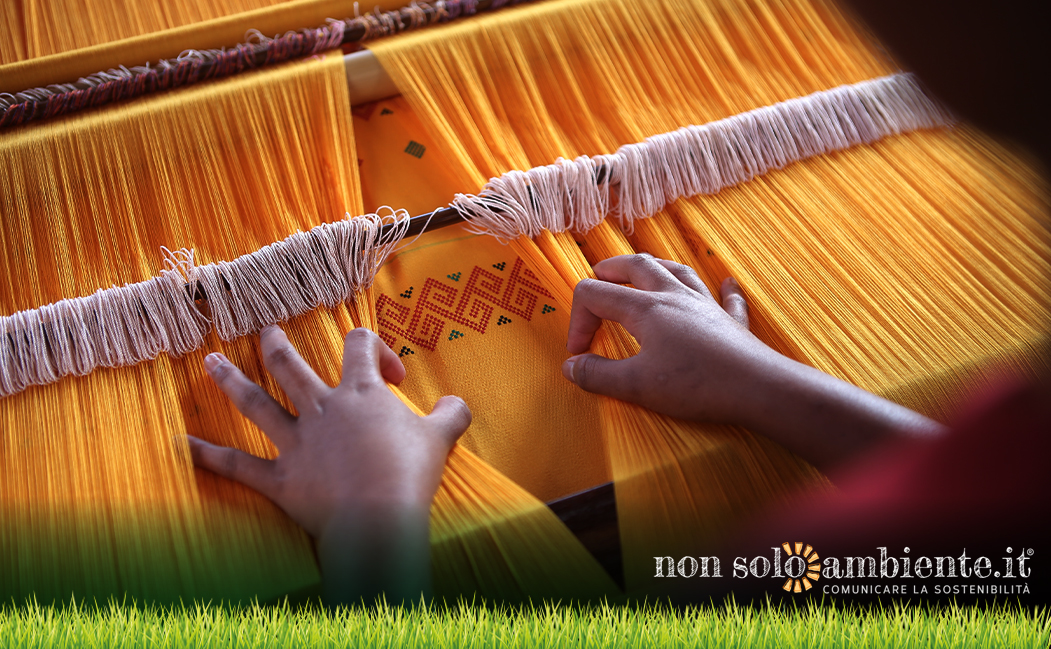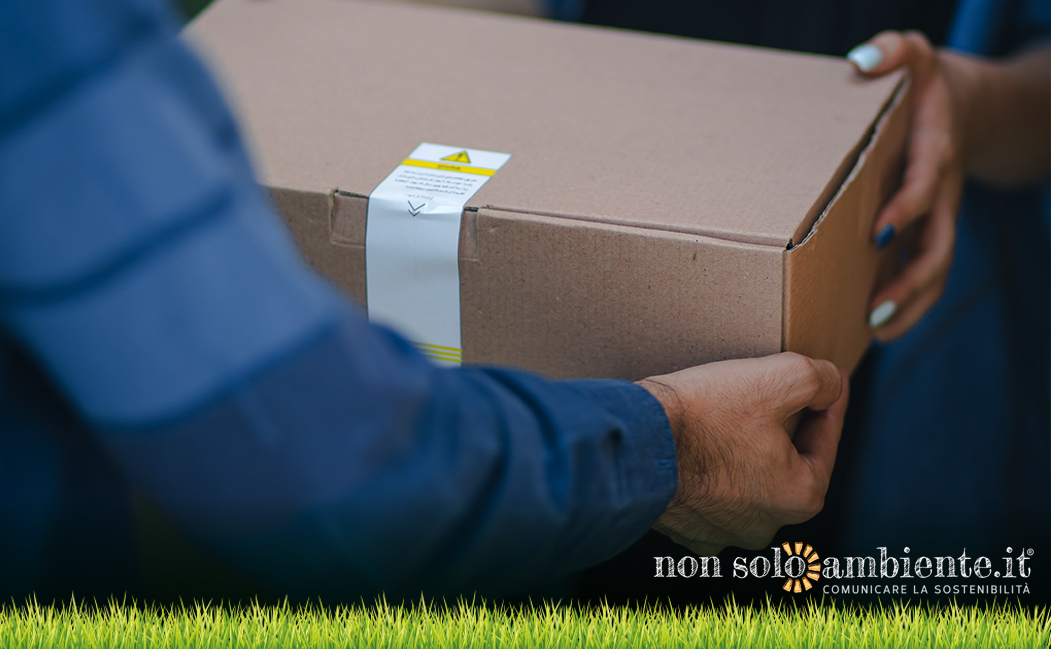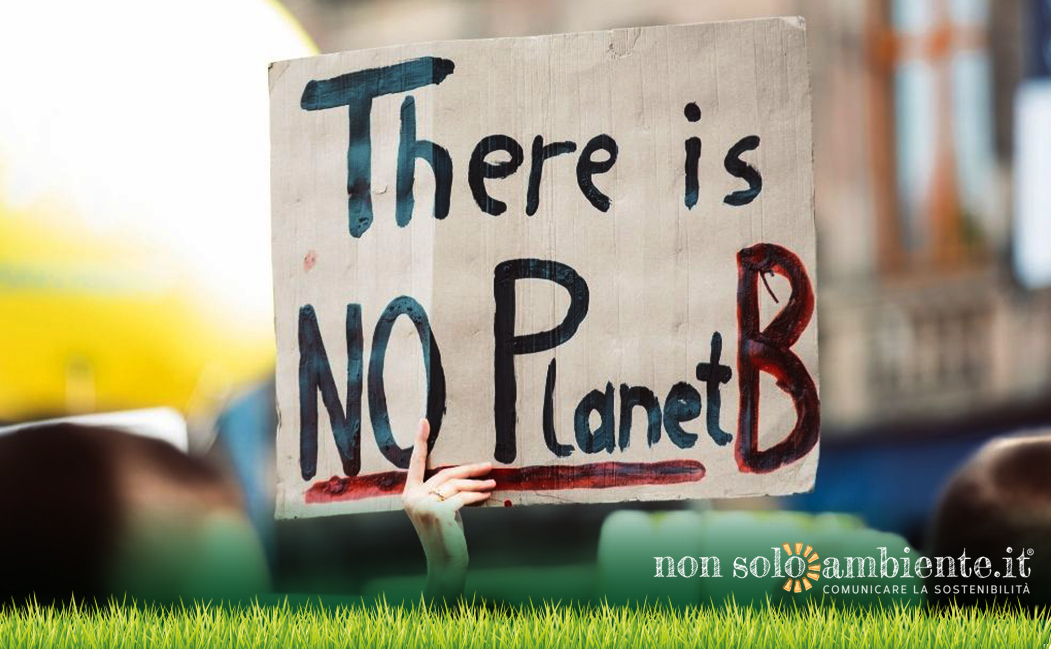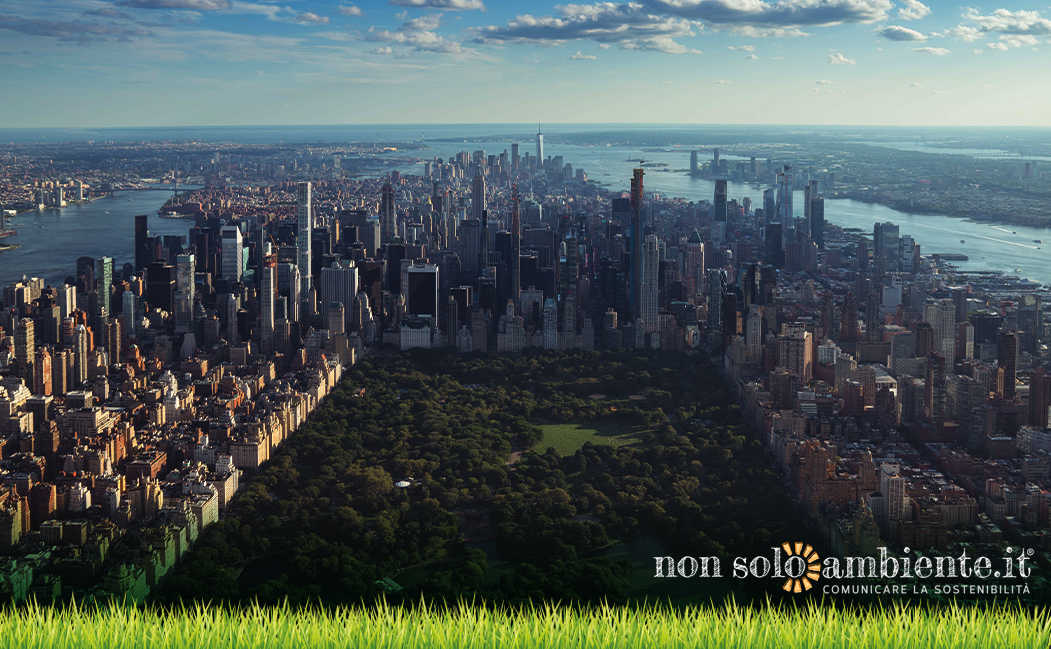
Ultime Notizie

Fabrics and textiles can play a relevant role in the ecological transition. Post-covid times can offer new circular economy business models.
Before the Covid emergency, the textile sector took part in the circular economy business. Nowadays, new post-pandemic business models allow doing much more.
Circular economy and environment: what is the textile sector's state of play after Covid-19?
One of the main issues concerning the circular economy is waste recovery. Up to nowadays, here is what happens to the textile sector's waste worldwide:
- 87% is dumped in landfills or incinerated;
- 13% is recycled, to produce lower value fabrics;
- 1% only is converted into new clothes.
The latest report: "L'Italia del riciclo 2020" by Fondazione Sviluppo Sostenibile, shows the current situation in Italy, where the total of textile waste is employed as follows:
- 68% is reused;
- 29% is recycled;
- 3% is disposed of.
Regardless of the country, the current situation is deeply affected by the consequences of the pandemic. Unsold garments and full warehouses will soon produce tons of textile waste that, if only reused, would save more than 100 billion dollars a year -protecting the environment as well.
The advantages of the circular economy in the textiles sector
There would be significant advantages - both for the economy and the environment - if the circular economy business model were applied to the textile sector, such as:
- New jobs in facilities for waste collection, sorting and recycling;
- Reduction of textile waste disposing costs;
- Costs for materials will be reduced since fabrics will be more available;
- Non-renewable resources will be less used;
- Pollution produced by the sector (greenhouse gas emissions, water pollution, etc.) will be lesser and lesser;
- Textile waste will be lesser and lesser exported abroad.
How to foster the ecological transition in the textile sector
The Ellen MacArthur Foundation's report "The circular economy: a transformative Covid-19 recovery strategy" shows the importance to develop a regulatory and fiscal framework towards the circular economy. For instance, many countries grant tax relief to companies that engage in textile waste collection. In Italy and Europe, several actions push towards a circular economy, encouraging urban textile waste collection. As proof of its sensitivity to the issue, the European Commission has published Europe's roadmap strategy for sustainable textiles.
Garments recycle does not include their end-of-life only: it starts from their design. For this reason, the role of design is fundamental to produce fabrics specifically intended to be reused. Materials durability and production are designers' responsibilities regarding ecological transition. Investments for collection facilities and research are also urgent. Without a whole vision to cover the entire supply chain, the circular economy can only remain a utopia that might be included in everyday life.
Tags:
Potrebbero interessarti ...
Snam’s commitment to sustainability at Dubai Expo 2020
13 Ottobre 2021No more chocolate by 2050 because of extreme droughts effects
22 Settembre 2021How much CO₂ do urban forests absorb?
15 Settembre 2021Iscriviti alla nostra Newsletter!
Sei un sostenitore dell'ambiente in tutte le sue forme? Allora sei nel posto giusto!
Iscriviti subito!




